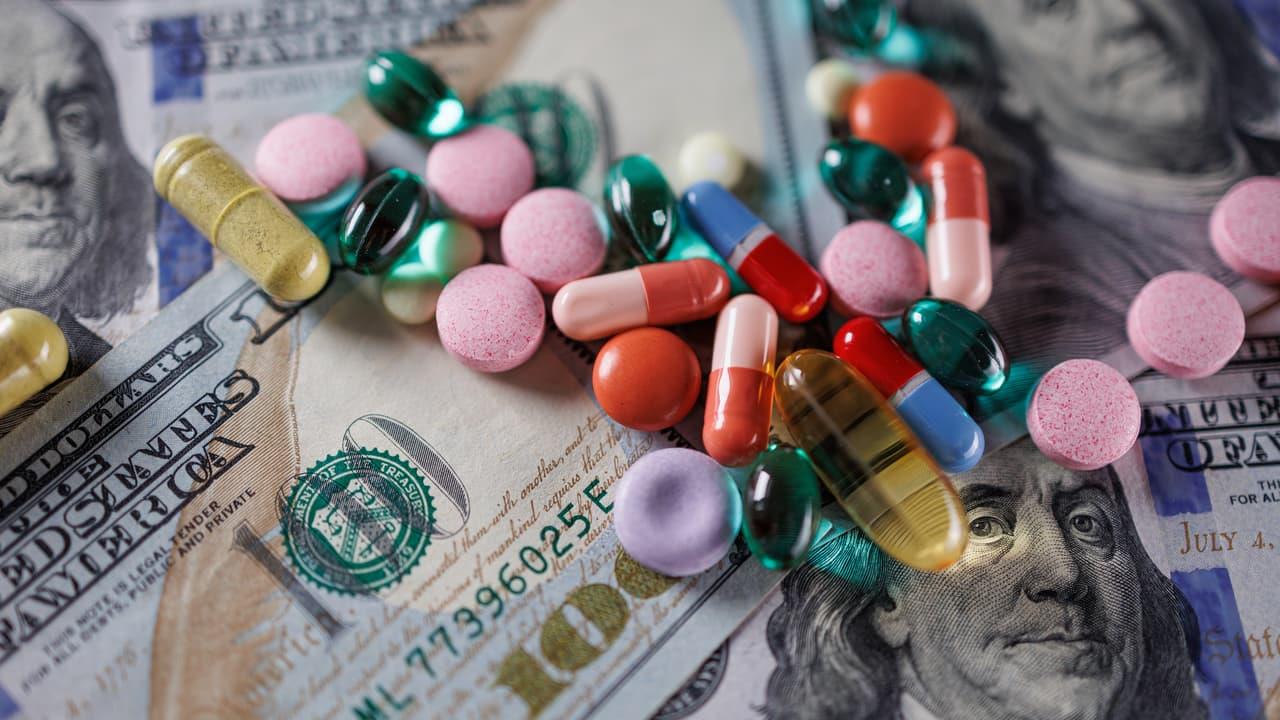New Green Method Could Lower Prescription Drug Prices And Emissions
For millions of patients, high prescription drug costs are a painful reality. Now, researchers at the University of Maine may have found a way to ease the burden. Their team has developed a new method to make a crucial pharmaceutical ingredient from renewable plant sugars instead of petroleum - potentially slashing both costs and carbon emissions.
From wood chips to medicine
The discovery centers around a molecule called (S)-3-hydroxy-γ-butyrolactone (HBL). This compound plays a vital role in producing drugs like statins, antibiotics, and HIV inhibitors, many of which require a complex“chiral center” - a structural feature that makes the drug's molecules function like left and right hands. These building blocks are expensive to manufacture with current petroleum-based processes, contributing heavily to high drug prices.
The Maine team found a way to make HBL directly from glucose, a sugar that can be extracted from woody biomass such as sawdust, tree branches, or wood chips. By using these renewable sources, they were able to produce HBL at high yield and low cost, while also reducing greenhouse gas emissions by more than 60% compared to existing methods.
Why this matters
The implications go far beyond lowering the price of life-saving drugs. According to the researchers, the same process could also generate other valuable products, including glycolic acid (used in skincare and packaging) and even renewable plastics.
“If we use other wood sugars like xylose, which is often discarded in paper-making, we could open new pathways to green cleaning products and recyclable plastics,” said Thomas Schwartz, associate director of UMaine's Forest Bioproducts Research Institute and lead author of the study.
A sustainable alternative
Previous attempts to make HBL sustainably often failed due to safety issues, inefficiency, or high cost. The new process overcomes those hurdles, delivering higher yields at a fraction of the price.
“The commercial process today is costly because you have to artificially add the chiral center, which doesn't naturally exist in most petrochemical feedstocks,” Schwartz explained.“With glucose, nature does the work for us.”
What's next
The research, published in Chem, was conducted in collaboration with the USDA Forest Products Laboratory and the University of Wisconsin-Madison, with funding from the USDA, U.S. Forest Service, and the National Science Foundation.
If scaled up, the approach could transform how pharmaceuticals and other essential products are made - cutting costs, cutting emissions, and making medicine more affordable for patients worldwide.
Legal Disclaimer:
MENAFN provides the
information “as is” without warranty of any kind. We do not accept
any responsibility or liability for the accuracy, content, images,
videos, licenses, completeness, legality, or reliability of the information
contained in this article. If you have any complaints or copyright
issues related to this article, kindly contact the provider above.
Most popular stories
Market Research

- Jpmorgan Product Head Joins GSR Trading MD To Build Institutional Staking Markets
- Kintsu Launches Shype On Hyperliquid
- R0AR Launches Buyback Vault: Bringing 1R0R To R0AR Chain Unlocks New Incentives
- Excellion Finance Scales Market-Neutral Defi Strategies With Fordefi's MPC Wallet
- Ethereum-Based Meme Project Pepeto ($PEPETO) Surges Past $6.5M In Presale
- Falcon Finance Unveils $FF Governance Token In Updated Whitepaper





















Comments
No comment